All Exhibitions
2025
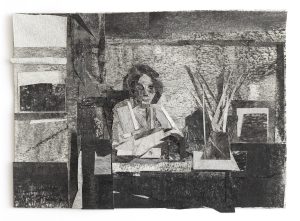
Thin Air Hangs over the Home - Noga Paz & Tigist Yoseph Ron
Oct 23, 2025Nov 22, 2025
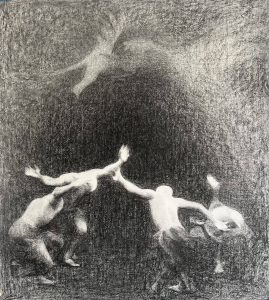
Circling Between Darkness and Light - Noa Shay
Sep 02, 2025Oct 18, 2025

At the violet hour - Boaz Levental
Jul 10, 2025Aug 09, 2025

Inner Echo - Silvia Bar - Am
May 29, 2025Jul 05, 2025

Meir Appelfeld - On the Threshold
Apr 24, 2025May 25, 2025

Alma Gershuni - Sight of the Eyes
Mar 18, 2025

Ran Tenenbaum - Solar Plexus
Feb 11, 2025Mar 15, 2025

Zvi Lachman - Crossing Line
Jan 08, 2025
2024

Asya Lukin - Direct Glance
Dec 05, 2024Jan 04, 2025

Simon Adjiashvili - Forgotten Room
Oct 30, 2024Nov 30, 2024

Matan Ben Cnaan - Hadrian's Helmet
Sep 04, 2024

Dana Ben Nun - FACETS
Jul 30, 2024

Anne Ben Or - Grasping the Edge of Time
Jun 16, 2024

Osnat Ben Dov - Nur
May 15, 2024Jun 15, 2024

David Nipo - Birds Sang
Mar 29, 2025May 11, 2024
2023

Sam Rachamin - Easy on the Eyes
Sep 02, 2023

Yuval Yosifov - Tonal Stories
Jul 01, 2023Aug 01, 2023

Tamar Beit On - Sculptures, Silvia Bar-Am - A City Wreathed in Light
May 29, 2023

Meir Appelfeld - Interiors
Apr 13, 2023May 20, 2023

Simon Adjiashvili - Muted Horizon
Mar 07, 2023

Rotem Amizur - The Flat Islands
Jan 30, 2023
2022

Uri Blayer - Another Dimension
Dec 24, 2022Jan 28, 2023

Beverly Barkat - Galloping
Nov 12, 2022

Yehuda Armoni - Here, Green in its full wholeness is gaping wide
Sep 01, 2022

Boaz Levental - Inside Out
Aug 20, 2022

Anne Ben Or - The Return of the Ornament
Jun 16, 2025Jul 16, 2022

Hadar Gad - Intolerable Beauty
Apr 07, 2022

Eran Webber - Sanguine
Feb 28, 2025Apr 02, 2025

Sam Drukker, Alex Kremer - The Way of the Gaze
May 12, 2022Jun 11, 2022

David Nipo - Over time, a Roman fresco, seems like a poem by Avigdor Hameiri
Jan 22, 2022

Adam Cohn - Between Still and Life
Oct 03, 2022Nov 12, 2022
2021

Anna k., Twenty painters, ten years, one model
Dec 23, 2021Jan 22, 2022

Osnat Ben Dov - Until the Heart Brims with Wisdom
Nov 06, 2021

Meir Applefeld - Arcadia
Oct 02, 2021Nov 06, 2021

Drawings - Group Exhibition
Jul 31, 2021Sep 30, 2021

Simon Adjiashvili - Next to the Shadow
Jun 27, 2021

Adam Cohn - Street Portraits
May 21, 2021

Deborah Sebaoun - smiles from reason
Apr 05, 2021
2020

Rotem Amizur - Rubik's Cube
Dec 15, 2020

Roni Taharlev - Berlin-Jaffa
Dec 03, 2020

Yehuda Armoni - 70% Water
Oct 29, 2020

Anne Ben Or - Reflexion Time
Aug 13, 2020Sep 25, 2020

Sam Rachamin - Catching the Light
Jul 02, 2020Aug 08, 2020

Adam Cohn - In the Wake of Reality
Mar 19, 2020Jun 27, 2020

Debbie Margalit - Ayala and Gertrude in Square
Jan 09, 2020Feb 09, 2020
2019

Michal Sheizaf - Pose
Dec 05, 2019Jan 10, 2020

Yedidya Hershberg - At The Still Point, There The Dance Is
Oct 24, 2019

Simon Adjiashvili - Distant Night
Sep 05, 2019

Noa Shay - Dance of the Happy Shades
Jul 11, 2019Aug 31, 2019

Roni Taharlev - Portraits
May 30, 2019Jul 06, 2019

Rotem Amizur - Rock, Paper, Scissors
Mar 07, 2019Apr 06, 2019

Ran Tenenbaum - Illuminated
Jan 24, 2019Mar 02, 2019

Meir Appelfeld - Paintings
Apr 11, 2019May 25, 2019
2018

Yael Scalia - Palimpsest
Dec 21, 2018

Maia Zer - Listening to Insects
Nov 22, 2018Dec 22, 2018

Anne Ben-Or - State of Mind
Oct 11, 2018

Group Summer Exhibition
Aug 09, 2018Oct 06, 2018

Alex Kremer - SEISMOGRAPH
May 31, 2018

E.M Saniga - Color of Time
Jun 28, 2018

Uri Blayer - Landscapes and Coastlines
May 03, 2018May 26, 2018

Jordan Wolfson - Thicket
Mar 21, 2018Apr 21, 2018

Yehuda Armoni - Lingering Gaze
Feb 15, 2018Mar 15, 2018

Simon Adjiashvili - Symmetry
Jan 04, 2018Feb 10, 2018
2017

Iddo Markus - Gossip
Nov 23, 2017Dec 30, 2017

Leonid Balaklav - Paintings
Oct 19, 2017

Hadar Gad - Red
Aug 26, 2017

Maia Zer - Nine Lives
Jul 06, 2017

Yedidia Hershberg - More Image Than a Shade
May 25, 2017Jun 25, 2017

Meir Appelfeld - Paintings
Apr 20, 2017May 20, 2017

Alex Kremer - BADOGOODOG
Mar 16, 2017Apr 16, 2017

Roni Taharlev-The Land Where The Lemon Trees Bloom
Jan 26, 2017Feb 26, 2017
2016

Anne Ben Or - Secret Games
Dec 15, 2016Jan 15, 2017

Simon Adjiashvili - Days
Nov 03, 2016Dec 10, 2016

Uri Blayer - Landscapes and Portraits
Sep 01, 2016Oct 25, 2016

Meir Applefeld - Pastels
Mar 17, 2016

Iddo Markus - Glitch
Mar 17, 2016

genius loci
Jan 28, 2016Mar 10, 2016
2015

Alex Kremer - Walking Distance
Dec 10, 2015Jan 23, 2016

Yael Scalia - Delight in All Seasons
Oct 22, 2015Nov 22, 2015

Not in One Day / Group Exhibition
Sep 03, 2015Oct 17, 2015

Jordan Wolfson - New Work
May 28, 2015Jun 27, 2015

Anne Ben Or - Defiance

Meir Appelfeld-Paintings
Apr 30, 2015

Ken Kewley - Bottles, Trees, and Things: New Invented Still Lifes
Mar 09, 2015Apr 18, 2015

Ilya Gefter - The City: Paintings And Ink Washes
Jan 29, 2015Mar 09, 2015
2014

Simon Adjiashvili - One City, One Summer
Dec 11, 2014

Yonatan Pelles - Paintings
Nov 13, 2014Dec 13, 2014

Ludwig Blum&Uri Blayer - Painters in the Desert
Sep 11, 2014

Shalom Flash - Vanishing Scenes
Jun 26, 2014Jul 31, 2014

Meir Applefeld - ''Moon Grove''
May 15, 2014Jun 17, 2014

Tsuki Garbian - Life-likeness
Apr 03, 2014May 03, 2014

Uri Blayer - Under Northern Skies
Feb 13, 2014Mar 22, 2014

Raoul Middleman - ''Figures and Portraits''
Jan 10, 2014Feb 15, 2014
2013

Simon Adjiashvili, Ilya Gefter, Paintings
Dec 12, 2013

JSS' Master Class Exhibition
Nov 18, 2013Dec 01, 2013

Nomi Bruckmann - With This Night With The Dark Cypress With The Pale Light
Jul 11, 2013

Jordan Wolfson - New Work
May 30, 2013Jun 30, 2013

Simon Adjiashvili - Drawings
Apr 08, 2013May 25, 2013

Portraits - Group Exhibition
Feb 28, 2013Apr 06, 2013

Meir Appelfeld - Paintings
Oct 03, 2013Nov 09, 2013
2012

Stuart Shils - What Time Has Not Lost
Dec 29, 2012Feb 23, 2013

Hadar Gad - Four Entered an Orchard
Nov 15, 2012Dec 22, 2012

Masada- Land and Landscape / Uri Blayer
Sep 06, 2012Jul 30, 2012

Ken Kewley - Paintings and collages 2008-2012
Jun 28, 2012Aug 20, 2012

Tirza Freund, ''Suppose a thing''
May 12, 2012Jun 05, 2012

Simon Adjiashvili - Recent Work
Mar 15, 2012May 05, 2012

Meir Appelfeld - Paintings
Jan 12, 2012Mar 03, 2012
2011

Group Drawings Exhibition
Jul 18, 2011Aug 31, 2011

Shalom Flash - Landscapes
Nov 26, 2011Jan 04, 2012

Sangram Majumdar- Selected works 2008-2011
Sep 08, 2011Nov 20, 2011

Jordan Wolfson - Inside and Behind
May 19, 2011Jul 10, 2010

''Close Your Mouth and Say One Word" / Group Exhibition
Mar 31, 2011May 10, 2011

Hadar Gad - Not the same
Feb 26, 2011Mar 26, 2011
2010

Ken Kewley Painting and collages 2000-2010
Dec 30, 2010Feb 20, 2011

Sharon Etgar - Oils and Papers 2009-10
Nov 25, 2010Dec 25, 2010

Meir Appelfeld - Painting
Oct 14, 2010Nov 20, 2010

Gallery Collection
Sep 01, 2010

Sigal Tsabari-Reflection from Within
Jul 01, 2010Aug 15, 2012

Simon AdjIiashvili-Recent Works
Apr 22, 2010Jun 25, 2010

Stuart Shils,1986 to present
Mar 04, 2010Mar 17, 2010

Ben Tritt ,Book 4: The Flood
Dec 24, 2009Feb 01, 2010
2009

Yael Scalia Recent work
Nov 05, 2009Dec 05, 2009

Meir Appelfeld Jerusalem-Cabri
Jun 11, 2009Sep 01, 2009

''The Unbelievable Is right here''
Sep 10, 2009Oct 31, 2009

Jordan Wolfson -States of Being
Mar 05, 2009Jun 01, 2009

Michael Ajerman / The good, the bad and the ugly
Jan 10, 2009Feb 25, 2009
2008

Mitch Becker - Counterpart
Nov 20, 2008Jan 01, 2009

Meir Appelfeld- Flowers
Sep 13, 2008Nov 10, 2008


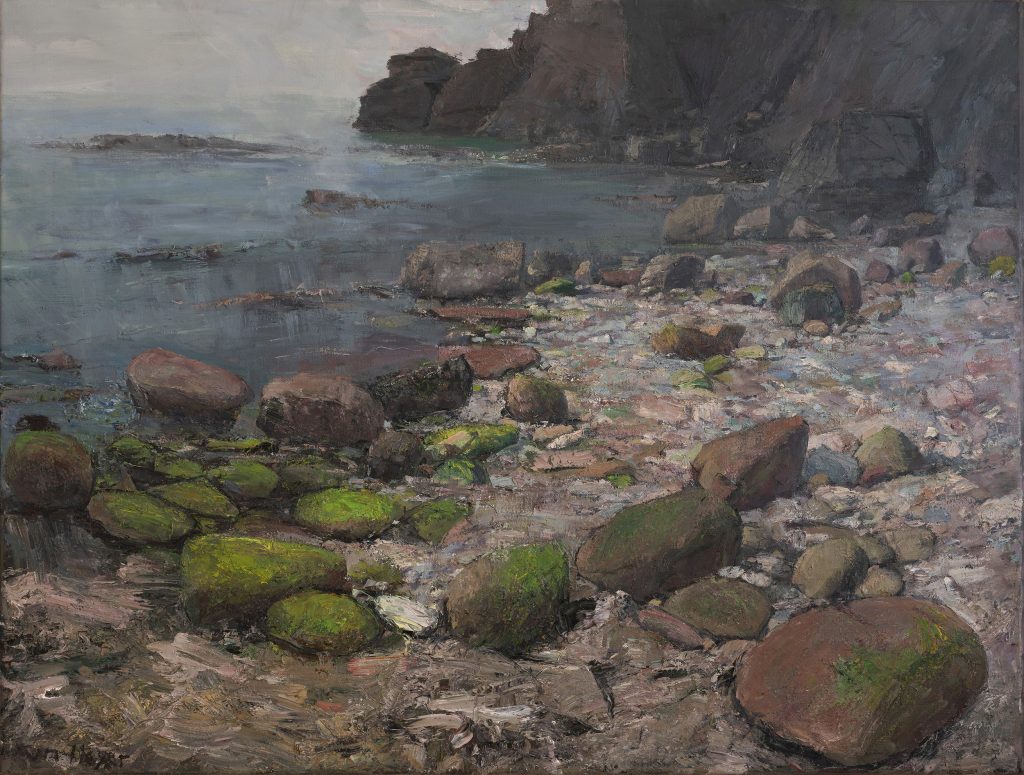
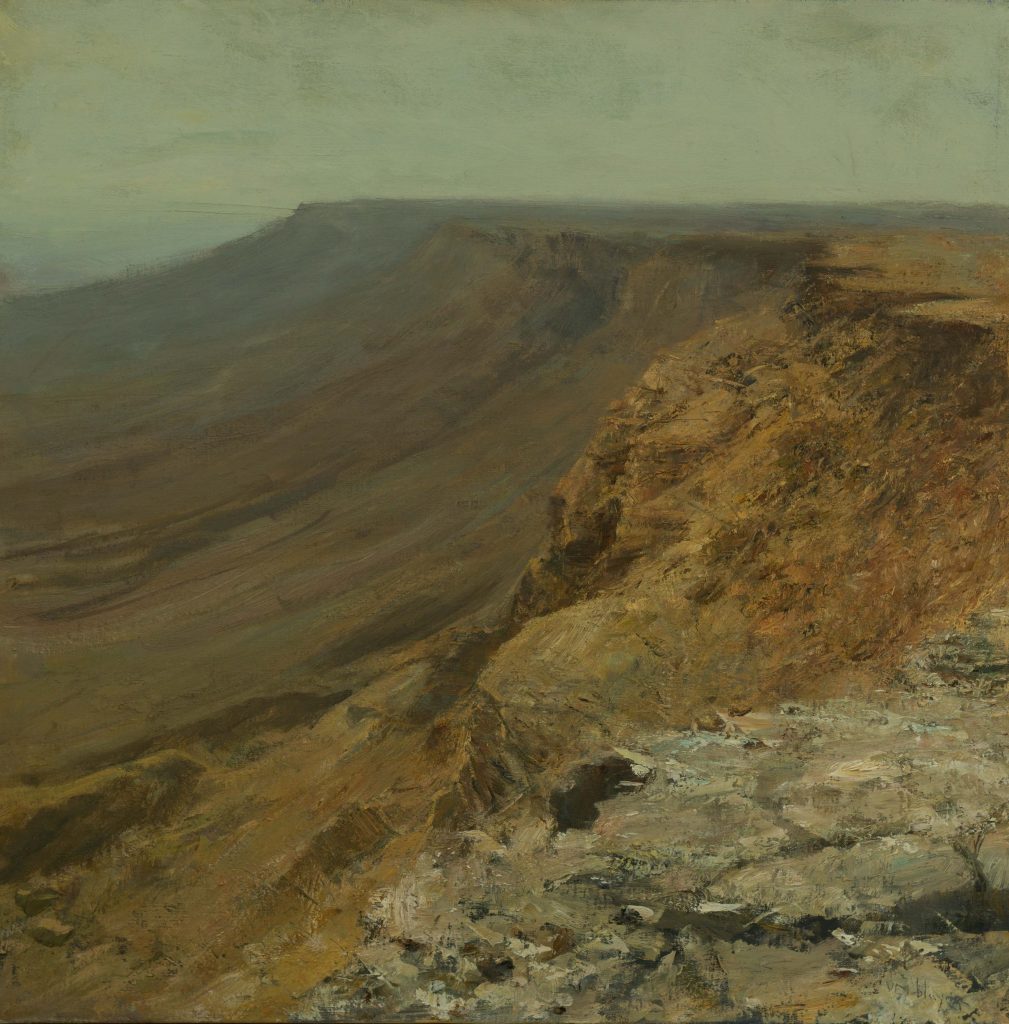
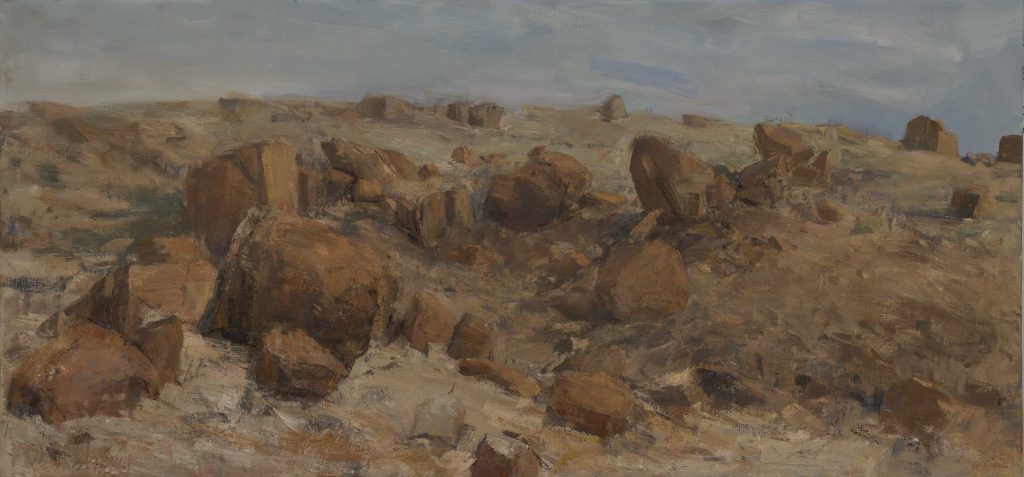

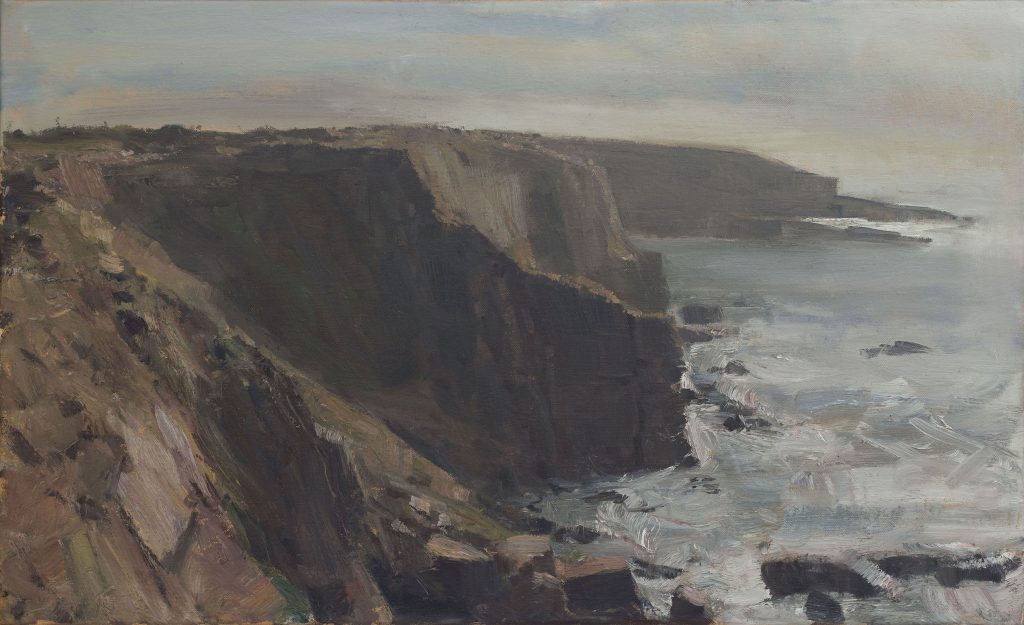
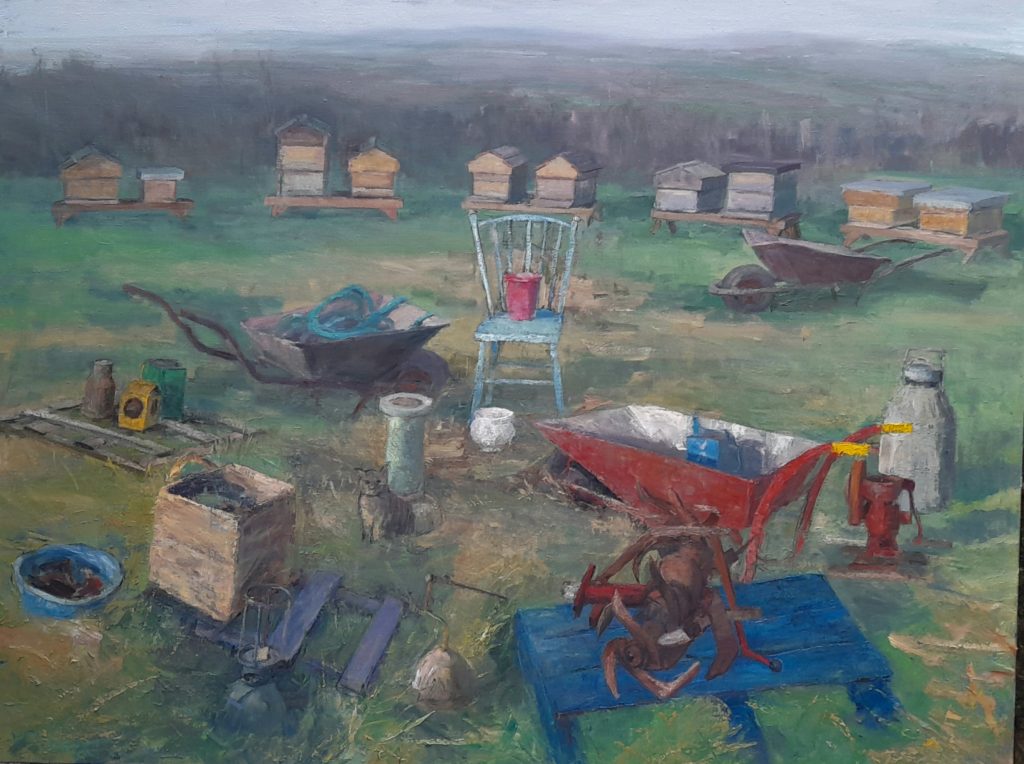
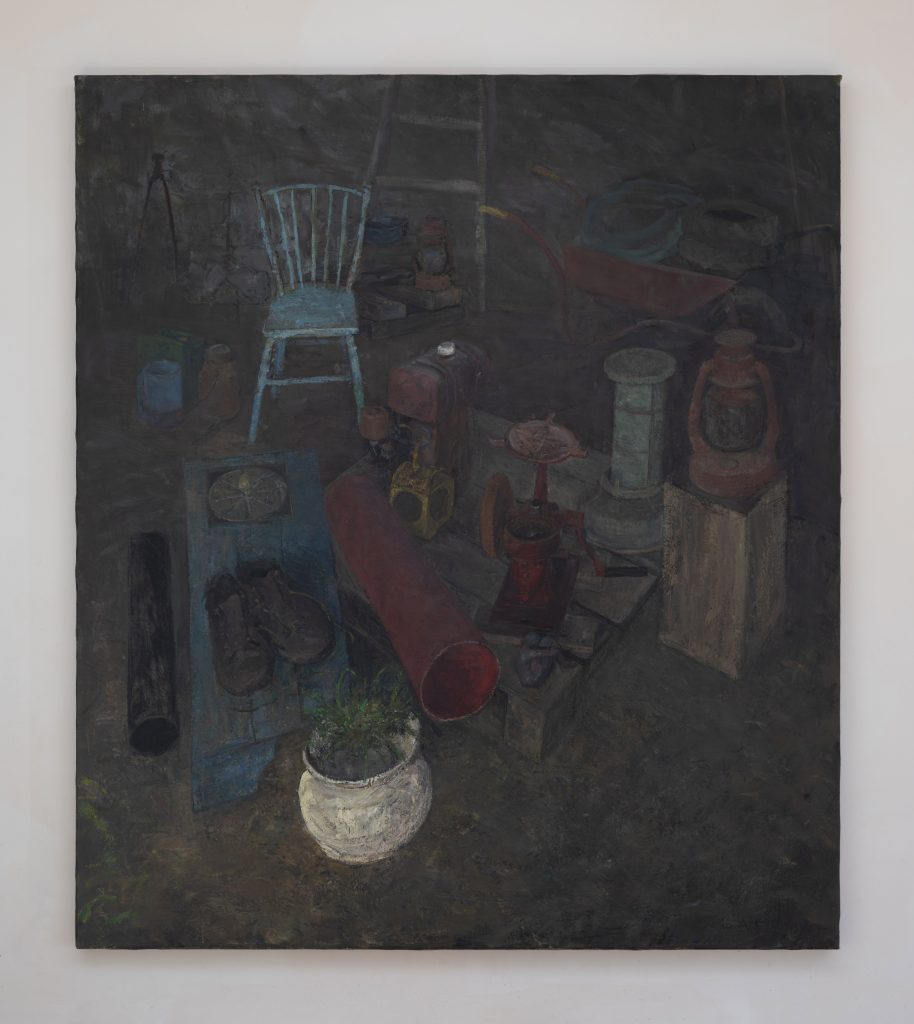

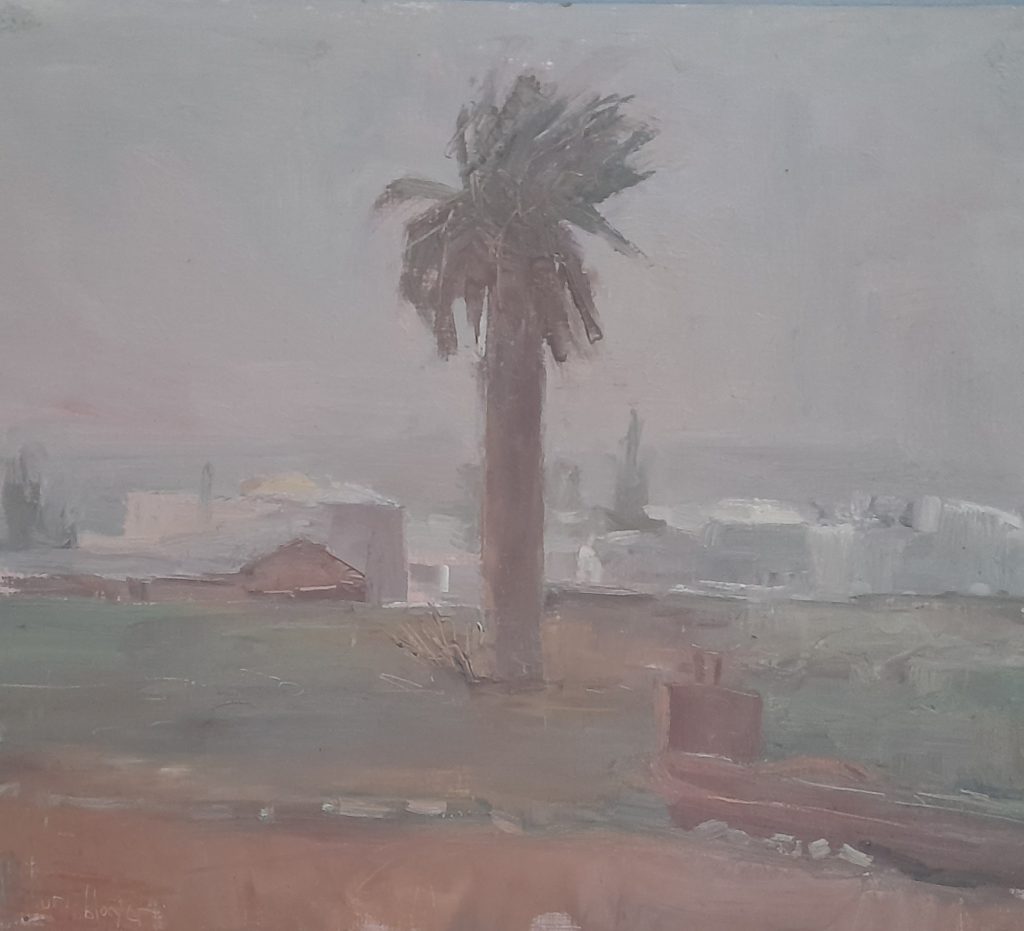
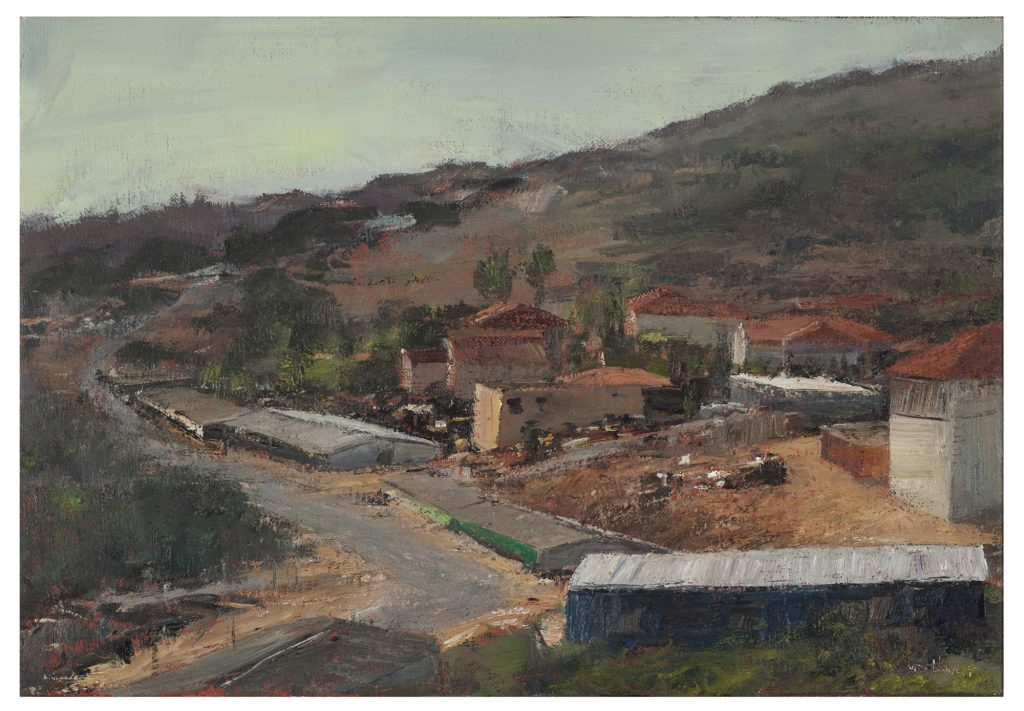
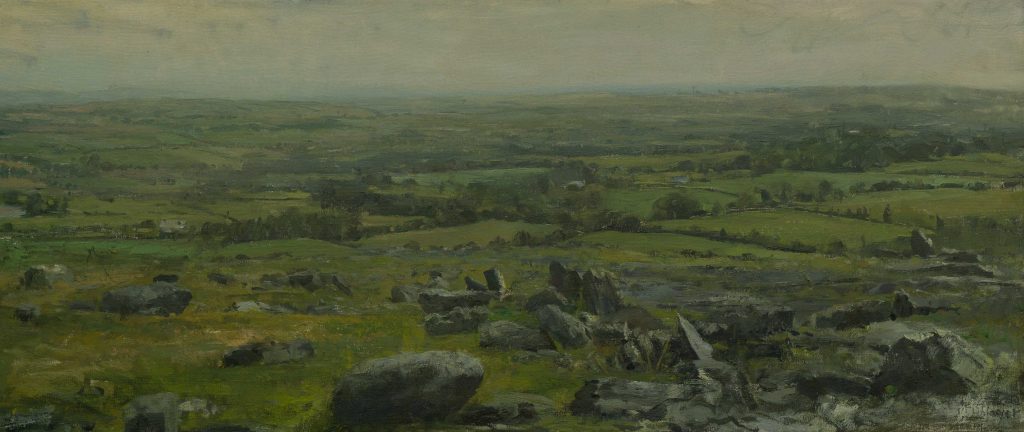
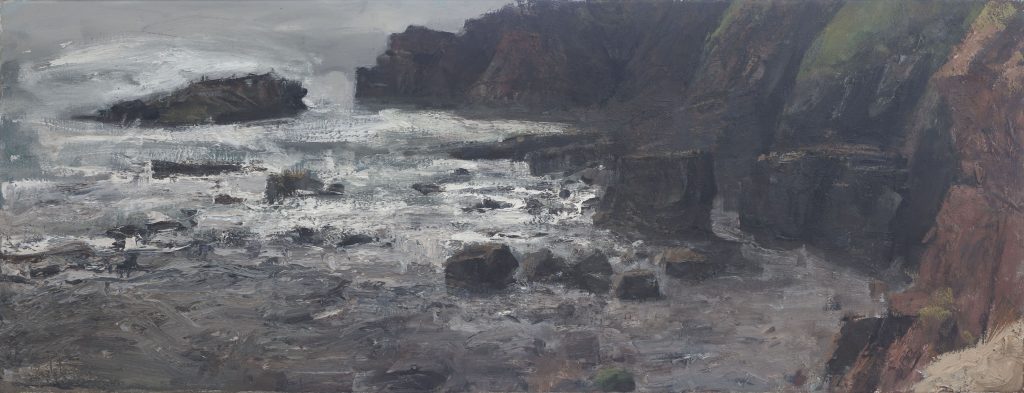
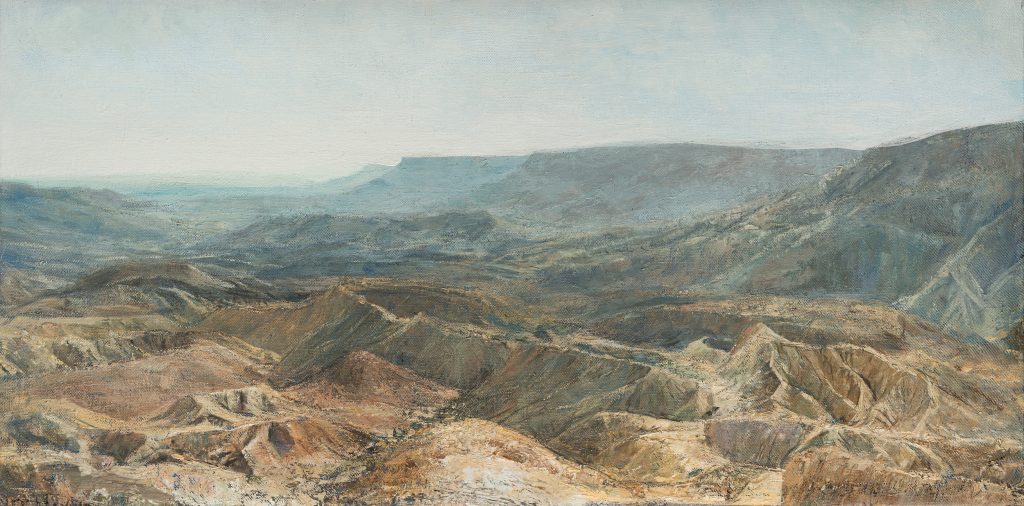

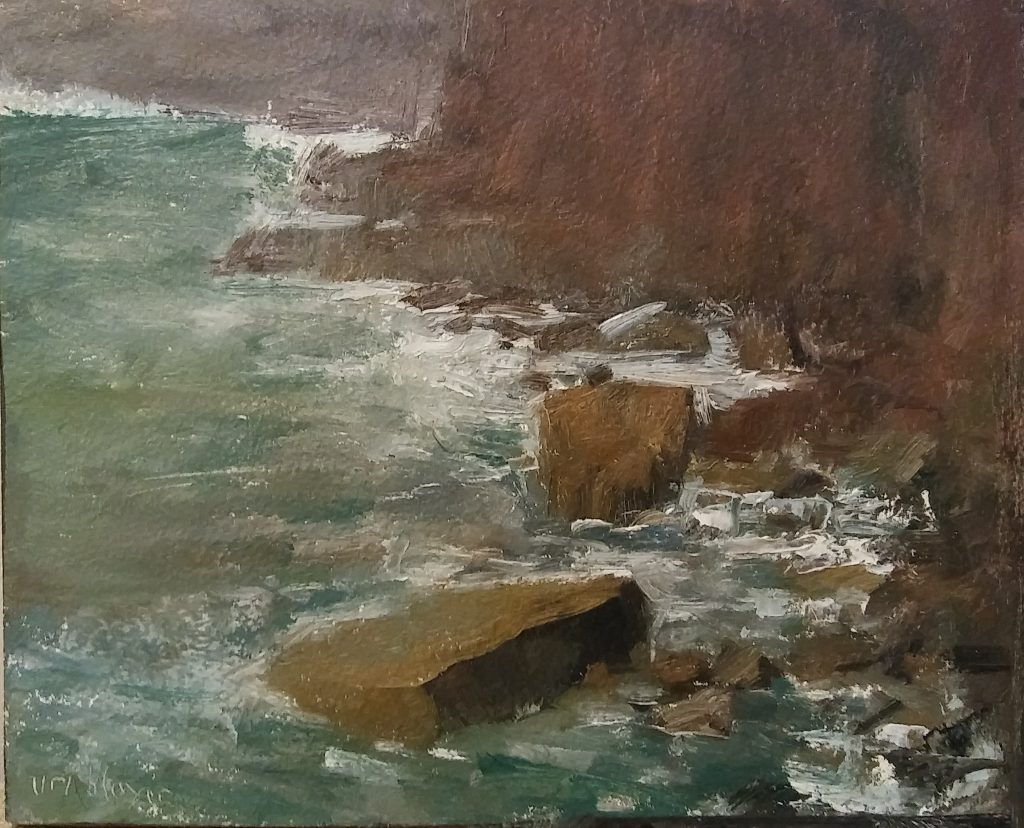

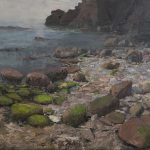

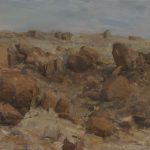


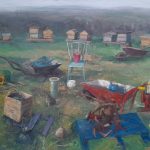


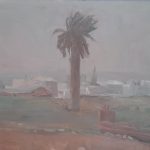
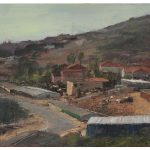

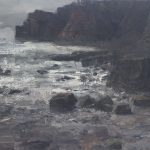
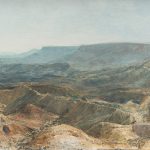

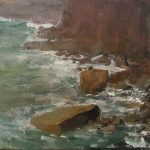
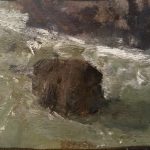
 Enquire
Enquire